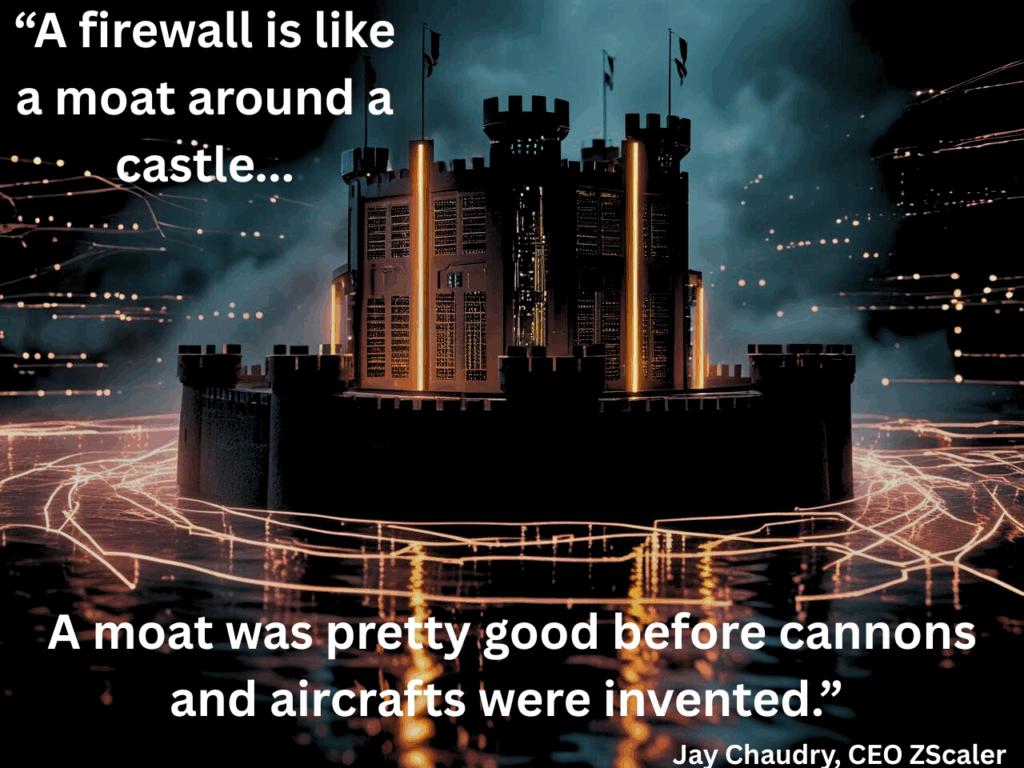As hybrid and AI-backed workflows become standard, zero-trust isn’t a buzzword—it’s critical infrastructure. Zscaler CEO Jay Chaudhry recently underscored that “castle-and-moat” strategies are obsolete—even for cloud-based enterprises. This shift presents an opportunity: whitelist trust per session, adopt granular identity checks, and treat vendor channels as internal. But implementation is where most programs stumble. Here’s how to do it right.
The Perils of Implicit Trust in Modern Workflows
Traditional network approaches still rely on IP allowlists, VPN access, and perimeter security to implicitly trust users once inside. With distributed workforces and AI-integrated SaaS platforms, attackers can pivot horizontally once internal. Every user or AI agent becomes a potential threat vector. Removing implicit trust means protecting each identity, session, and API.
Core Zero-Trust Strategies for AI Workloads
Continuous Identity Verification: Beyond MFA, incorporate behavioral biometrics (typing cadence, mouse movement) and device posture—especially when a vendor or AI tool interacts with your ecosystem.
Micro-Segmented Access: Enforce least-privilege access at the API-level. Treat every call as if external. AI agents should receive scoped permissions tailored to their function.
AI-Powered Monitoring: Use ML to build baselines of vendor/API behavior. Anomalies—such as data spikes or odd activity times—should trigger automated isolation and alerts.
Extending Zero-Trust Principles to Third Parties
Vendors are no longer blind spots. Identity and access governance must include them. This means vetting them during onboarding and subjecting them to the same continuous verification thereafter. Monitor vendor tools via telemetry, log review, and anomaly detection—and revoke access the instant something deviates.
The Imperative of Real-Time Trust
Zero-trust isn’t a project—it’s a paradigm. For AI-powered environments, the assumption of trust is the weakest link. By verifying every identity, micro-segmentation of access, and AI-driven visibility, your organization transforms trust from static to real-time. This is resilience by design—exactly what modern cybersecurity demands.


